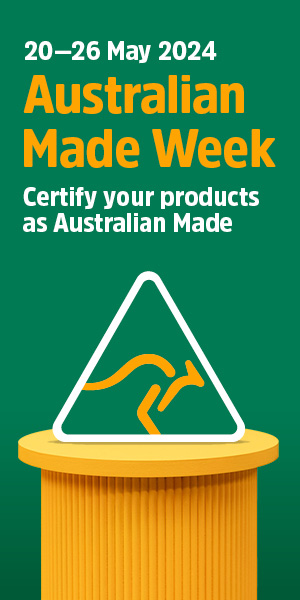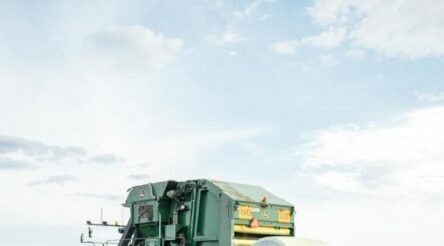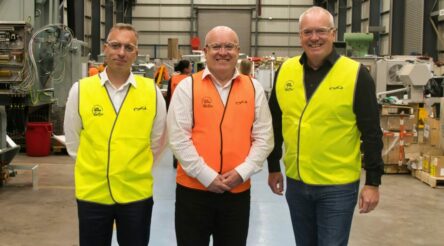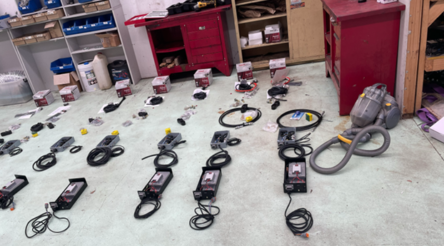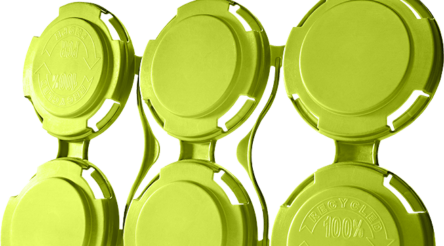Bushfire resistant undercoat paint goes on sale
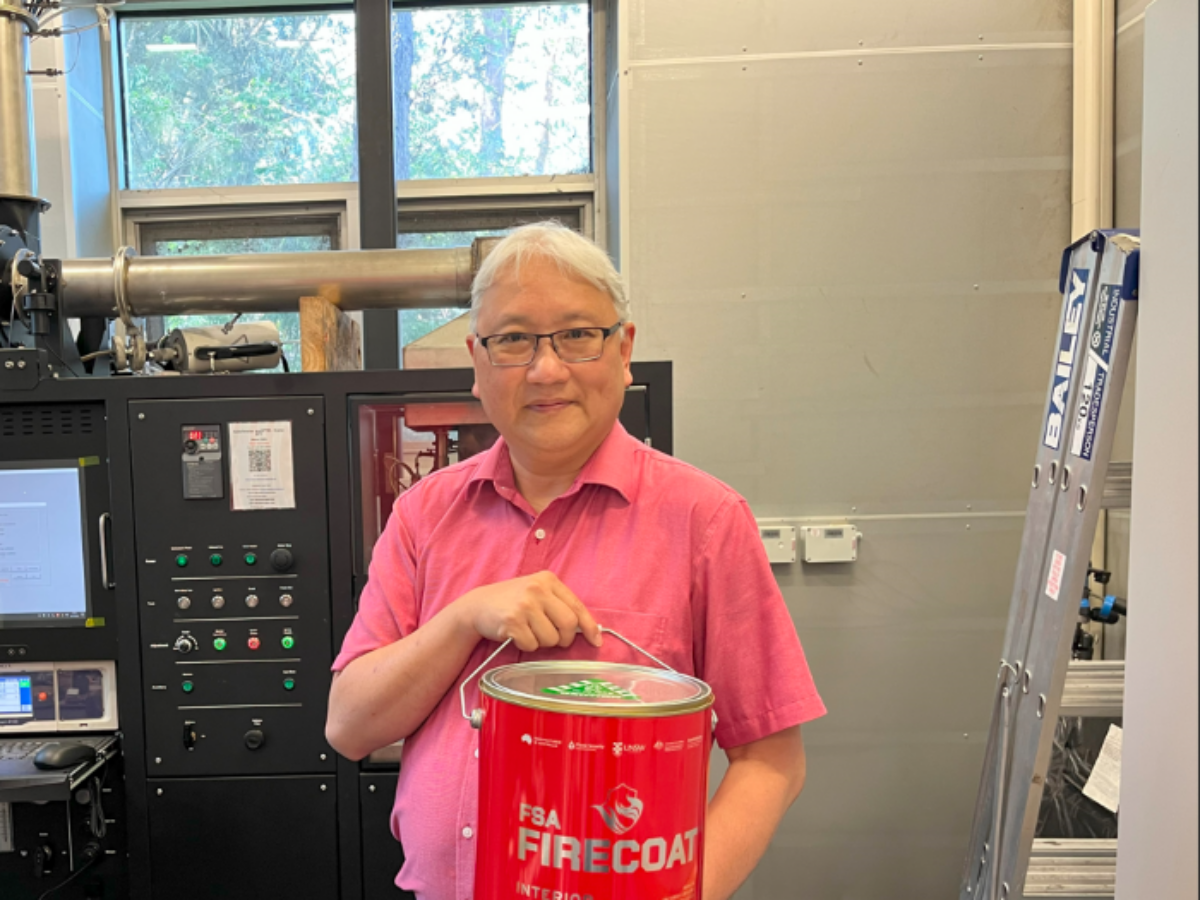
A new Australian-developed fire-retardant paint now on sale has become the first to pass a stringent Australian standard test that simulates a bushfire attack.
The FSA FIRECOAT paint, on sale at selected Bunnings stores, achieved the Bushfire Attack Level (BAL) 40 standard which assesses the bushfire resistance of buildings and construction materials.
BAL-40 indicates that a building or material has been tested and approved to withstand higher levels of radiant heat (up to 40kW/m²) and ember attack during a bushfire, and therefore provides increased protection against bushfires in areas prone to extreme fire conditions.
The new paint was developed at UNSW in partnership with Flame Security International, supported by a $3m Cooperative Research Centres Projects (CRC-P) grant from the federal government.
FSI is based at UNSW and has a factory at Keysborough in Victoria.
Professor Guan Yeoh and a team from UNSW’s School of Mechanical and Manufacturing Engineering, developed a type of intumescent paint which means it is designed to expand as a result of heat exposure.
It also produce a thick layer of char which offers an insulating barrier and effectively deflects the heat from the fire away.
Professor Yeoh, director of the ARC Training Centre for Fire Retardant Materials and Safety Technologies, said: “The special additives we include in the paint mix formula promote the growth of the char, which is the important insulating element.
“The char is what helps the substrate, that is your house or your building, stay protected from the fire.”
Professor Yeoh said tests showed this char being created, with the wood underneath having ‘virtually no damage’.
CEO of Flame Security International Tony Overstead said: “The release of this fully accredited BAL-40 rated fire retardant paint, we believe, will better protect buildings and other assets from direct exposure to flames and extreme radiant heat.
“This will make a significant difference not only to the cost of building in affected areas, but also the potential risks to life and property.”
One major challenge for the research team was to ensure the char would remain firmly in place on vertical surfaces to continue to work as a fire barrier.
Professor Yeoh said: “If it just falls off, that defeats the whole purpose. The char – which is basically pockets of air and carbon – can be more than 50mm thick, so retaining it in place can be tricky.
“But it’s so important because it’s providing the insulation and preventing the penetration of the heat.”
One of the big advantages of the new paint is that it does not need any special equipment to apply it, meaning it can be brushed or sprayed onto a variety of surfaces – including existing render, timber, aluminium, steel, concrete, plasterboard and brick – in the same way as normal paint.
The carbon ingredient means the FSA FIRECOAT product is only available in grey, but any standard coloured topcoat can be applied without affecting the fire-retardant properties.
FSI is working on other CRC-P grants programmes in Textiles & Polymers (CRC-P 5), Autonomous Intelligent Fire Protection Systems (CRC-P 6) and Solar Skin (CRC-P 8).
Picture: UNSW/Professor Guan Yeoh
@aumanufacturing Sections
Analysis and Commentary Awards Defence Manufacturing News Podcast Technology Videos






